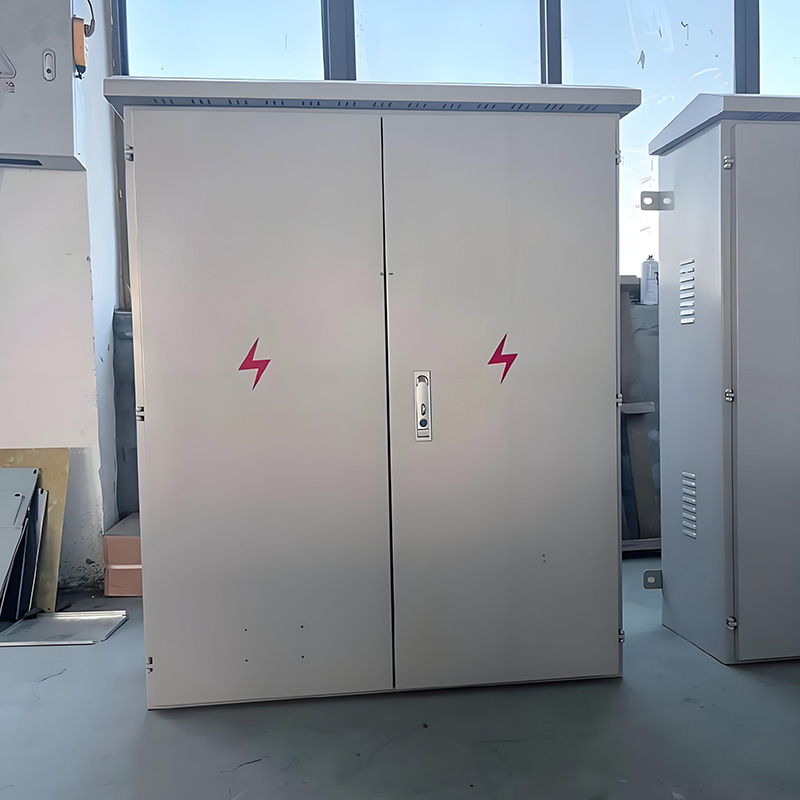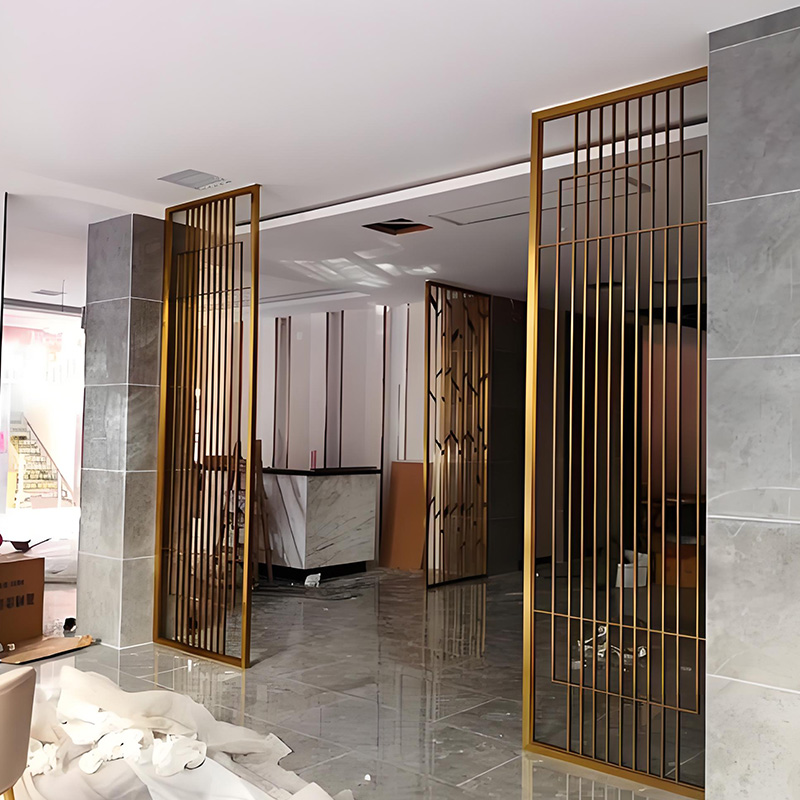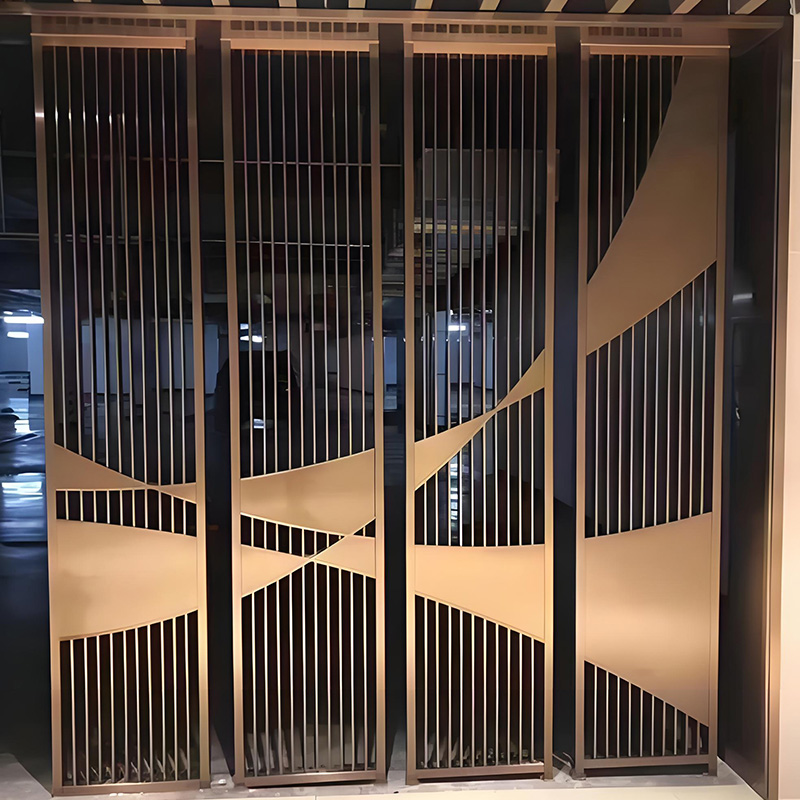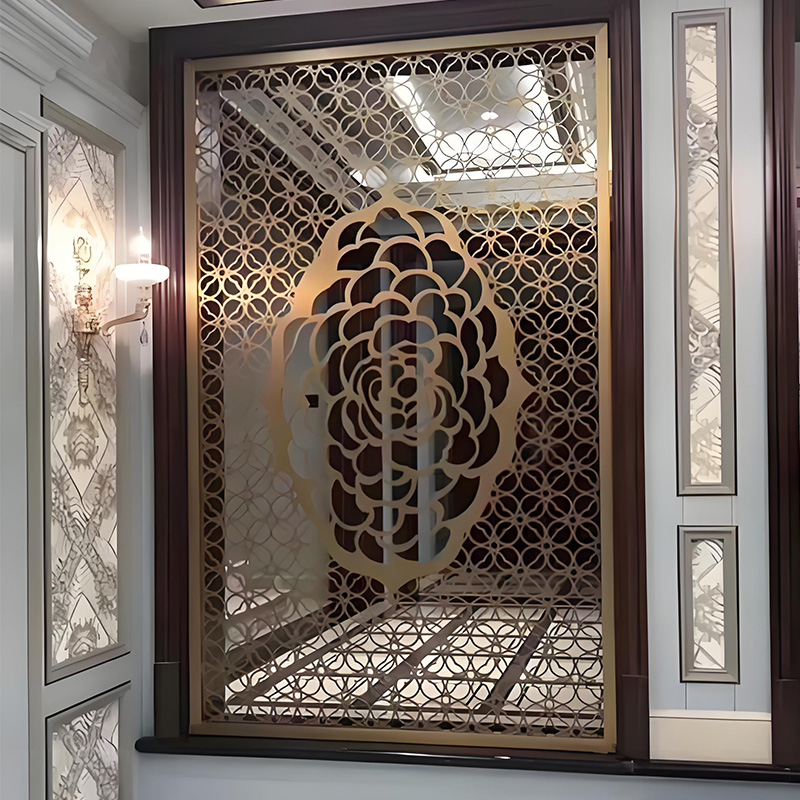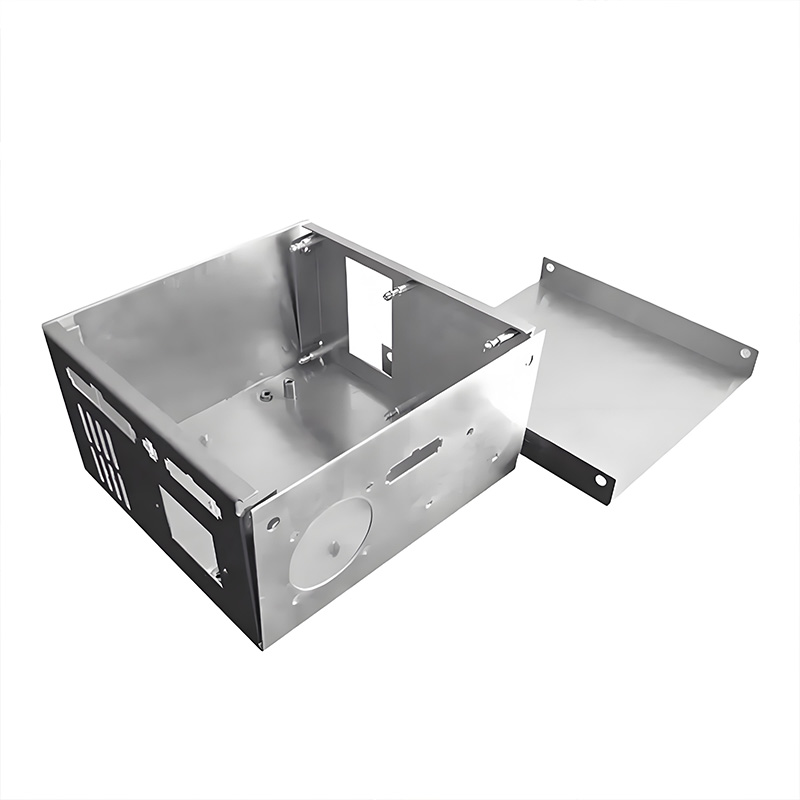Sheet Metal Enclosure: How to Choose? 6 Pro Insights
1. Material Selection: More Than Just Metal
Not all metals are created equal. For enclosures, you’ve got three main players:
- Stainless steel – The premium choice for harsh environments
- Aluminum – Lightweight champion with decent strength
- Cold-rolled steel – Budget-friendly workhorse
Here’s the kicker: Aluminum conducts heat 15x better than steel, making it ideal for thermal management.
Material Showdown: Stainless vs Aluminum
| Factor | Stainless Steel | Aluminum |
|---|---|---|
| Corrosion Resistance | ★★★★★ | ★★★☆☆ |
| Weight | 8.0 g/cm³ | 2.7 g/cm³ |
| Machinability | ★★☆☆☆ | ★★★★☆ |
2. The 5-Step Selection Process
Follow this battle-tested method:
- Define your environment (indoor, outdoor, hazardous)
- Calculate space requirements (components + 20% growth)
- Determine access needs (doors, panels, removable sections)
- Select protection level (IP, NEMA ratings)
- Choose finish (powder coat, anodizing, etc.)
Our team learned this the hard way in 2025 when we underestimated step #4 – $8k in water damage later.
3. Cost Factors You Can’t Ignore
Here’s the reality check:
- Material accounts for 40-60% of total cost
- Custom cuts add 25-35% versus standard sizes
- Powder coating typically costs $5-8 per square foot
Counterintuitively, spending more upfront often saves money long-term through durability.
4. Common Selection Mistakes
Other frequent errors:
- Underestimating future expansion needs
- Choosing wrong IP rating for the environment
- Ignoring EMI/RFI shielding requirements
5. Custom vs Standard: The Eternal Debate
Standard enclosures work for 60-70% of applications and cost 30-50% less. However, custom solutions provide:
- Perfect fit for unique components
- Optimized material usage
- Brand-specific aesthetics
Interestingly, modular designs now bridge this gap beautifully.
6. Installation Pro Tips
After selecting your perfect sheet metal enclosure, remember:
- Always use isolation mounts for vibration
- Ground properly – 90% of electrical issues stem from poor grounding
- Label everything during installation
Selection Checklist
Future expansion planned
Proper IP/NEMA rating selected
Thermal management addressed
Budget includes finishing costs
Installation plan created
FAQs
Q: How do I determine the right IP rating?
A: Match it to your environment’s dust/water exposure. IP54 works for most indoor applications.
Q: What’s the typical lead time for custom sheet metal enclosures?
A: Usually 3-6 weeks depending on complexity and manufacturer workload.
Q: Can I modify an existing enclosure?
A: Possible, but may void certifications. Better to order new with modifications.
Q: What thickness should I choose?
A: 1.5-3mm for most applications, but consult structural requirements.
